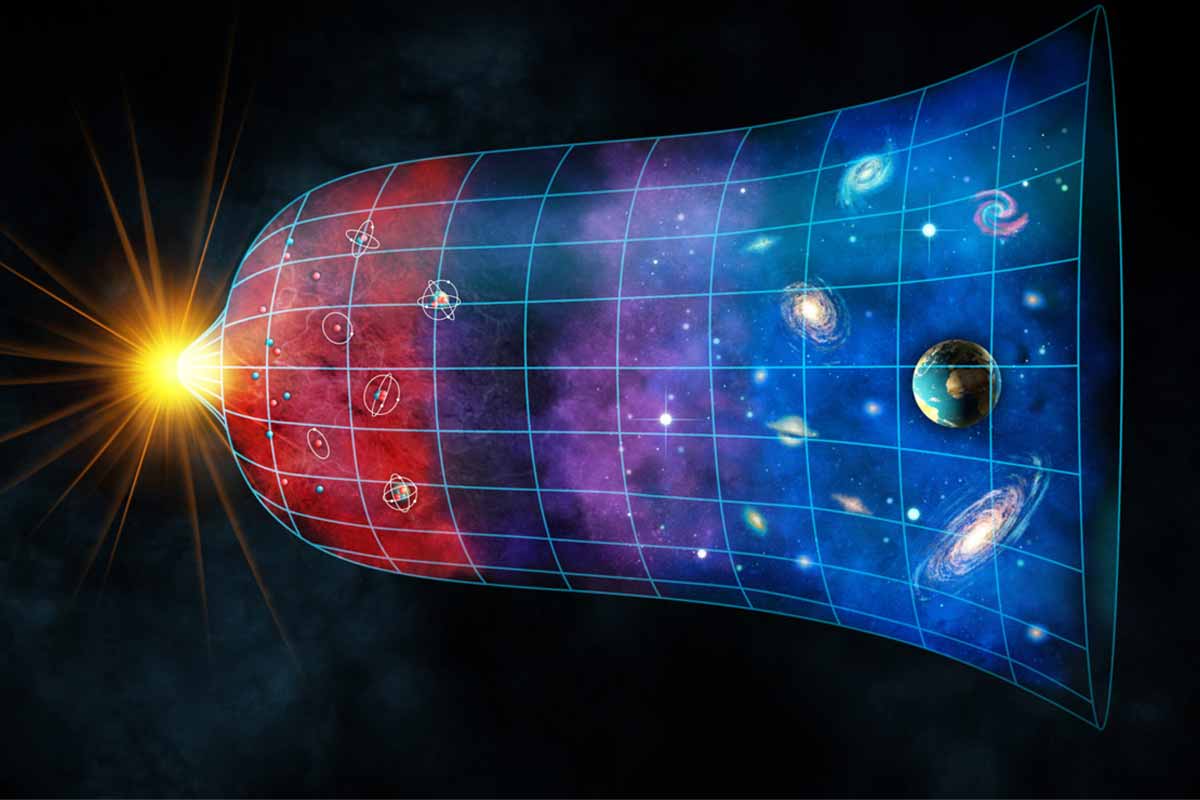Hubble tension keeps tugging at the fabric of our tidy cosmic story. Every time we think we’ve nailed it, the numbers slip away. Space remains slippery, beautiful, and a little mocking. That’s why this new twist hits like cold air at midnight.
Hubble tension
Astronomers love clean plots and tight lines. This story refuses both. We thought the universe’s expansion had a simple speed. Measure it, publish it, and move on. Then fresh data turned a hairline crack into a spreading fracture. Two careful methods, two answers, and no easy truce.
Hubble gave us decades of breathtaking detail and dependable measurements. James Webb arrived with sharper eyes and a cooler gaze. Together they exposed just how messy reality can be. The phrase sounds clinical, yet it feels personal in labs and offices. Hubble tension isn’t a headline to them; it’s a daily itch. Numbers that won’t shake hands keep scientists awake. You feel it too, right? The sense that our grand cosmic story wants a rewrite.
Two telescopes, two windows
Hubble changed how we see the sky. Since 1990, its mirror has framed galaxies like portraits in a museum. It circles Earth and drinks light in the visible and near-infrared. Those wavelengths match our eyes, which made its images feel intimate. Posters on dorm walls weren’t marketing. They were love letters to the universe.
Webb plays a different game from a colder seat. It waits far from Earth, balanced at L2, a million miles away. Its mirrors and sensors chase faint heat from ancient stars. Infrared pulls back dust and time, revealing baby galaxies and quiet chemistry. You can almost hear the whisper in those pictures.
Look longer, look deeper, don’t blink. Even with the romance, the work is gritty and precise. And yes, the stubborn mismatch keeps showing up across projects. That’s the part that feeds the Hubble tension inside every status meeting.
How we measure the expansion
Picture two rulers. One was forged in the fire of the Big Bang’s afterglow. That’s the cosmic microwave background, a faded echo across the whole sky. Patterns in that haze carry clues about the infant universe. From those patterns, you can back out an expansion rate. It lands near sixty-seven kilometers per second per megaparsec.
The other ruler feels handmade, but it’s careful work. You measure Cepheid variables, then Type Ia supernovae, stepping from near to far. Each step widens your view until galaxies drift by like slow ships. That ladder points to a faster expansion, around seventy-four by the same units. Both communities are meticulous, proud, and a little stubborn.
Both have checked, rechecked, and burned through coffee doing it. So the split persists, and the room gets tense again. Scientists started calling it what it is. A gap with teeth. That gap is the beating heart of the Hubble tension today.
What James Webb brings to the stand
Webb tightens bolts others couldn’t reach. Sharper infrared vision spots cleaner Cepheids, even inside crowded galactic neighborhoods. It sorts out impostors that once muddied Hubble’s view. Every small fix trims noise and brightens the signal. If the mismatch were a simple mistake, this would have erased it. It didn’t. The lines still refuse to meet. That alone changes the mood across teams.
Adam Riess and colleagues have spoken plainly about the stakes. If the measurements hold, the story might be incomplete. Maybe the cosmic recipe hides one more spice. Maybe dark energy shifts notes as the universe ages. Or maybe gravity hums a verse we haven’t learned yet. No one is promising fireworks. They’re promising more time at the whiteboard, more nights at the terminal. And an honest reckoning with the Hubble tension while the data keeps arriving.
Where the story might go next
Big Bang fans can relax; the opening chords still play beautifully. What may change is the arrangement between movements. Think of it like jazz, not a march. Fresh parameters, new instruments, and the same melody swirling into something bolder. Some theorists chase hidden particles that nudge expansion like a steady tailwind. Others test early-dark-energy models that briefly stiffen space.
A few revisit assumptions inside the distance ladder, sharpening every rung. Meanwhile, Webb keeps watching, patient as frost. It will stack observations of galaxies that barely glow. It will sniff atmospheres of distant worlds for chemical graffiti. Each pass adds texture, depth, and the occasional surprise.
Hubble remains in the game, loyal and tireless. Together they make a rare duet across time and wavelength. The next breakthrough might look small at first. A calibration tweak, a cleaner sample, a stubborn outlier reclaimed. Then the ripples spread into textbooks, into dome talks, and into late-night debates. If you’re sensing a theme, you’re right.
We’re living inside a mystery that refuses tidy endings. And that’s the romance of the work. We ask the universe a question, and it smiles without answering. We ask again, kinder this time, with better tools and softer hands. Some nights it gives a whisper. Some nights it gives static. Either way, we keep listening. Because behind the spreadsheets, behind the models, there’s a simple hunger. We want the story to make sense, and we want it to sing. For now, it sings in a strange key. Call that key the Hubble tension, and let the music play on.
